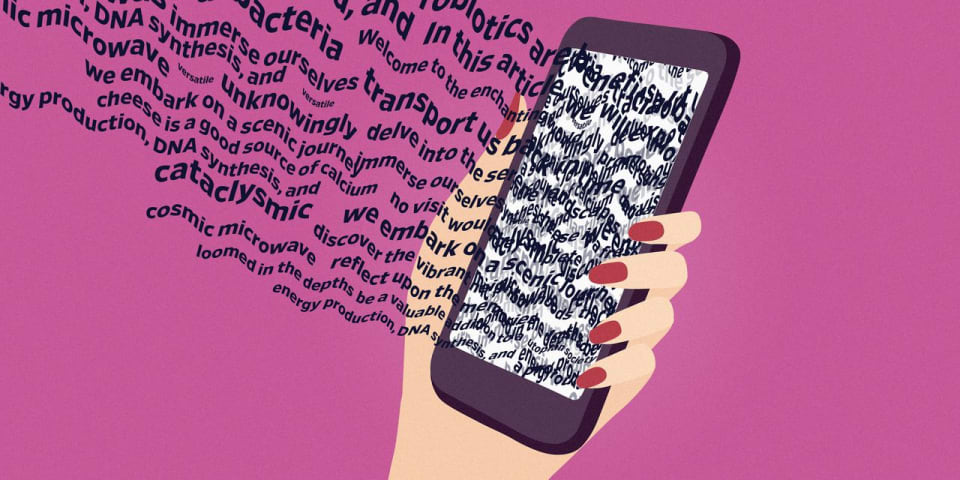概要: ChatGPTなどの低水準のAI生成コンテンツの急増が出版社から報告され、投稿管理プロセスと編集者のワークフローに悪影響を及ぼしました。
インシデントのステータス
Risk Subdomain
A further 23 subdomains create an accessible and understandable classification of hazards and harms associated with AI
3.1. False or misleading information
Risk Domain
The Domain Taxonomy of AI Risks classifies risks into seven AI risk domains: (1) Discrimination & toxicity, (2) Privacy & security, (3) Misinformation, (4) Malicious actors & misuse, (5) Human-computer interaction, (6) Socioeconomic & environmental harms, and (7) AI system safety, failures & limitations.
- Misinformation
Entity
Which, if any, entity is presented as the main cause of the risk
AI
Timing
The stage in the AI lifecycle at which the risk is presented as occurring
Post-deployment
Intent
Whether the risk is presented as occurring as an expected or unexpected outcome from pursuing a goal
Unintentional
インシデントレポート
レポートタイムライン
Loading...

When she first heard of the humanlike language skills of the artificial-intelligence bot ChatGPT, Jennifer Stevens wondered what it would mean for the retirement magazine she edits.
Months later, she has a better idea. It means she is spen…
バリアント
「バリアント」は既存のAIインシデントと同じ原因要素を共有し、同様な被害を引き起こし、同じ知的システムを含んだインシデントです。バリアントは完全に独立したインシデントとしてインデックスするのではなく、データベースに最初に投稿された同様なインシデントの元にインシデントのバリエーションとして一覧します。インシデントデータベースの他の投稿タイプとは違い、バリアントではインシデントデータベース以外の根拠のレポートは要求されません。詳細についてはこの研究論文を参照してください
似たようなものを見つけましたか?
